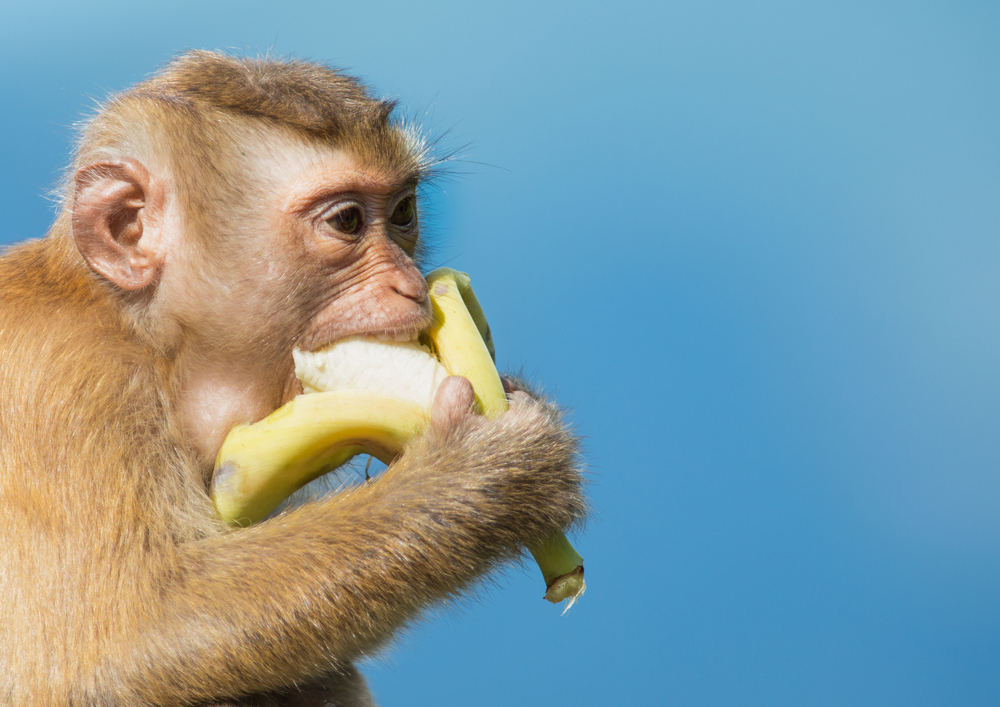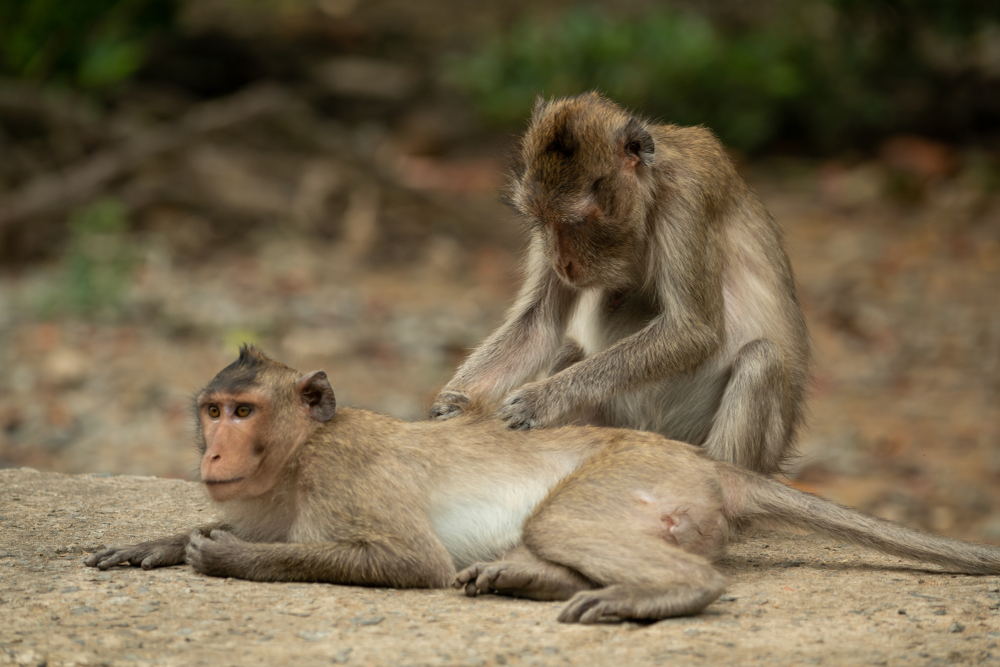About
#Mammals
#Primate
The Macaque is a diverse and highly adaptable primate belonging to the genus Macaca. They are a type of Old World monkey found throughout Asia, Northern Africa, and some parts of Europe. As members of the Animal Kingdom, they belong to the class Mammalia, order Primates, and family Cercopithecidae.
These intelligent and social animals have adapted to various habitats, including forests, mountains, grasslands, and urban areas. Macaques are known for their versatility in terms of diet, behavior, and ability to thrive in diverse environments.
Key characteristics of the macaque include a relatively robust build, long tails, and cheek pouches that they use to store food. Their fur coloration can vary widely depending on the species, ranging from gray and brown to reddish-brown and even golden hues.
Macaques are known for their complex social structures, which often include dominant males, females, and offspring. They communicate through vocalizations, facial expressions, and grooming behaviors. Additionally, macaques exhibit a wide range of feeding habits, from herbivorous diets consisting of leaves and fruits to opportunistic consumption of insects and small vertebrates.
These adaptable and resourceful monkeys play important roles in their ecosystems as seed dispersers and prey for various predators. While they are incredibly adaptable, macaques face conservation challenges, including habitat loss, poaching, and conflicts with humans in urban areas. Understanding and protecting these fascinating primates are essential for their continued survival in the wild.
Conservation Concerns
Several macaque species face conservation challenges due to habitat loss, fragmentation, hunting, and human-wildlife conflicts. Deforestation, agricultural expansion, and urbanization encroach upon macaque habitats, reducing their range and disrupting natural behaviors.
While some macaque species are classified as least concern on the IUCN Red List, others, such as the Barbary Macaque (Macaca sylvanus) and the Tonkin Snub-nosed Monkey (Rhinopithecus avunculus), are endangered or critically endangered due to significant population declines. Hunting for bushmeat, traditional medicine, and the illegal pet trade exacerbate conservation threats for macaques in certain regions.
Conservation efforts focus on habitat protection, law enforcement against illegal wildlife trade, community-based conservation initiatives, and education to raise awareness about the importance of macaque conservation.
Threatened:
Extinct
Critically Endangered
Endangered
Vulnerable
Near Threatened
Least Concern















































































